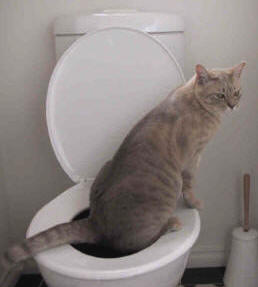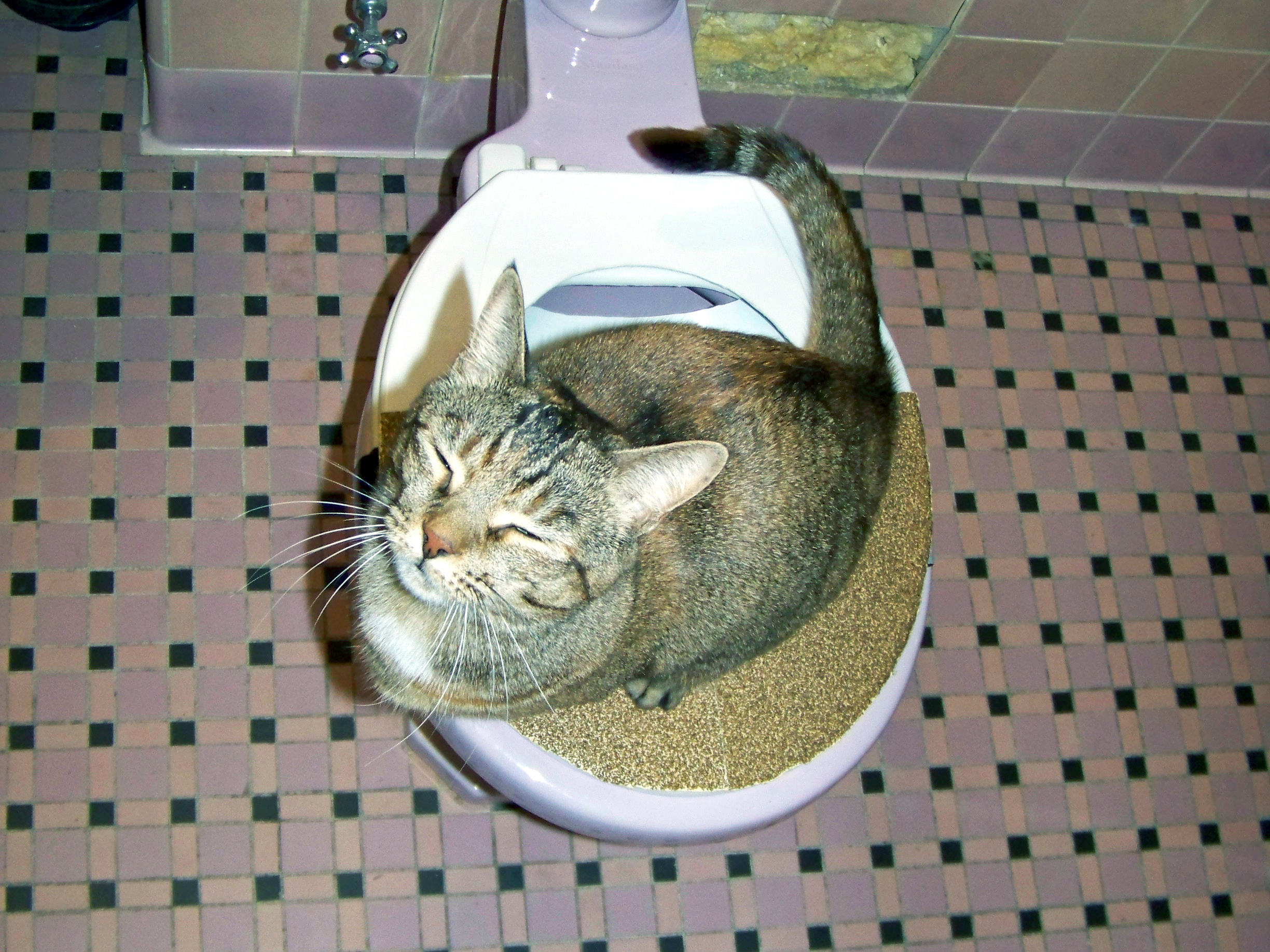Exploring the Risks of Flushing Animal Waste Down the Toilet
Exploring the Risks of Flushing Animal Waste Down the Toilet
Blog Article
The writer is making a few great pointers related to 4 Reasons Why Dog Poop Cleanup is Important as a whole in the article in the next paragraphs.

When it comes to taking care of waste, specifically animal waste, many people commonly turn to the practical option of flushing it down the toilet. However, this seemingly easy service can have serious effects for the environment and public health. In this write-up, we'll check out why flushing pet waste down the commode is a negative concept and give different approaches for appropriate disposal.
Introduction
Proper garbage disposal is crucial for maintaining ecological sustainability and public health. While it may seem harmless to flush animal waste down the toilet, it can lead to different problems, both for the atmosphere and human health.
Risks of flushing animal waste
Environmental influence
Purging pet waste introduces damaging microorganisms and pathogens right into rivers, which can negatively influence aquatic ecosystems. These microorganisms can pollute water resources and injury marine life, interfering with delicate environments.
Public health issues
Animal waste contains unsafe germs such as E. coli and Salmonella, which can present serious wellness risks to people. Purging animal waste down the toilet can pollute water supplies, leading to the spread of diseases and infections.
Alternatives to flushing
Instead of purging animal waste down the toilet, there are several alternative disposal methods that are more eco-friendly and sanitary.
Composting
Composting pet waste is an eco-friendly means to throw away it. By composting, organic matter is broken down right into nutrient-rich soil, which can be made use of to feed yards and plants.
Land fill disposal
Throwing away pet waste in a garbage dump is another option. While not as eco-friendly as composting, it is a much safer alternative to flushing, as it stops the contamination of water sources.
Pet waste disposal systems
There are specialized family pet garbage disposal systems offered that safely and hygienically throw away pet waste. These systems commonly utilize enzymes to break down waste and get rid of smells.
Steps to correct animal waste disposal
To make sure appropriate disposal of animal waste, adhere to these actions:
Scooping and bagging waste
On a regular basis scoop and bag pet waste utilizing naturally degradable bags. This avoids waste from contaminating the environment.
Utilizing designated waste bins
Dispose of bagged animal waste in assigned waste containers, such as compost bins or garbage dump bins. Prevent flushing it down the toilet in any way prices.
Cleansing can and family pet locations routinely
Consistently clean can and pet dog areas to stop the accumulation of waste and bacteria. Use pet-safe cleansing products to maintain hygiene.
Advantages of appropriate disposal approaches
Taking on proper disposal techniques for animal waste provides numerous benefits:
Decreased environmental pollution
Correct disposal methods lower the danger of environmental pollution, shielding waterways and ecological communities from contamination
Lessened threat of water contamination.
By staying clear of flushing animal waste down the bathroom, the threat of water contamination is considerably decreased, guarding public health.
Boosted hygiene and hygiene
Appropriate disposal approaches advertise better cleanliness and hygiene, creating a much safer environment for both people and animals.
Verdict
To conclude, flushing pet waste down the commode is dangerous to the environment and public health. By embracing alternate disposal approaches and following appropriate waste administration methods, we can reduce the adverse influence of animal waste and add to a cleaner, healthier earth.
What To Do With Dog Poo – The Do's And Don'ts Of Disposing Of Faeces
Dog poo bins
Some councils provide dedicated dog waste bins in popular dog-walking areas that can take dog poo that has been bagged but you can legally dispose of dog waste in any public litter bin, as long as it is securely bagged. This also applies to your wheelie bin at home.
Do not flush
Water companies do not recommend flushing dog faeces down the toilet because certain parasites can survive the water processing treatment and are potentially harmful to humans. You should also never consider flushing dog poo that has been bagged down the toilet as the bags will not break down and instead create severe blockages in the sewage system.
In the woods
The Forestry Commission promotes a ‘stick and flick’ method for dealing with waste in the woods. This means finding a stick and using it to flick any poo from off the path so that it is out of the way of other walkers. You could also bury it as long as it is not in an area where there might be livestock.
Livestock
Parasites found in dog poo can be transmitted to livestock if they inadvertently eat infected faeces that has been left on grazing land. This could result in the death of sheep or abortion in cattle so you should always make sure you pick up your dog’s waste in fields where livestock could be present.

Consistently clean can and pet dog areas to stop the accumulation of waste and bacteria. Use pet-safe cleansing products to maintain hygiene.
Advantages of appropriate disposal approaches
Taking on proper disposal techniques for animal waste provides numerous benefits:
Decreased environmental pollution
Correct disposal methods lower the danger of environmental pollution, shielding waterways and ecological communities from contamination
Lessened threat of water contamination.
By staying clear of flushing animal waste down the bathroom, the threat of water contamination is considerably decreased, guarding public health.
Boosted hygiene and hygiene
Appropriate disposal approaches advertise better cleanliness and hygiene, creating a much safer environment for both people and animals.
Verdict
To conclude, flushing pet waste down the commode is dangerous to the environment and public health. By embracing alternate disposal approaches and following appropriate waste administration methods, we can reduce the adverse influence of animal waste and add to a cleaner, healthier earth.
What To Do With Dog Poo – The Do's And Don'ts Of Disposing Of Faeces
Dog poo bins
Some councils provide dedicated dog waste bins in popular dog-walking areas that can take dog poo that has been bagged but you can legally dispose of dog waste in any public litter bin, as long as it is securely bagged. This also applies to your wheelie bin at home.
Do not flush
Water companies do not recommend flushing dog faeces down the toilet because certain parasites can survive the water processing treatment and are potentially harmful to humans. You should also never consider flushing dog poo that has been bagged down the toilet as the bags will not break down and instead create severe blockages in the sewage system.
In the woods
The Forestry Commission promotes a ‘stick and flick’ method for dealing with waste in the woods. This means finding a stick and using it to flick any poo from off the path so that it is out of the way of other walkers. You could also bury it as long as it is not in an area where there might be livestock.
Livestock
Parasites found in dog poo can be transmitted to livestock if they inadvertently eat infected faeces that has been left on grazing land. This could result in the death of sheep or abortion in cattle so you should always make sure you pick up your dog’s waste in fields where livestock could be present.

Hopefully you liked our topic on Should you flush animal waste down the toilet. Thanks for taking a few minutes to browse our posting. In case you appreciated our blog entry if you please make sure you remember to share it. Thanks for your time. Please stop by our site back soon.
Call Report this page